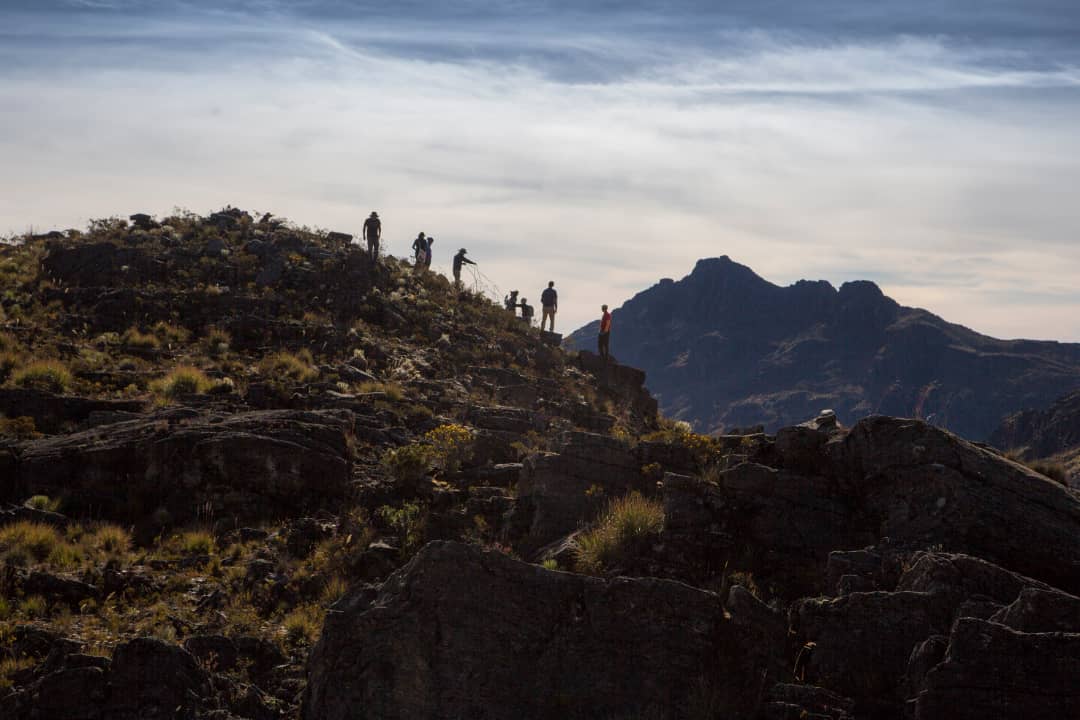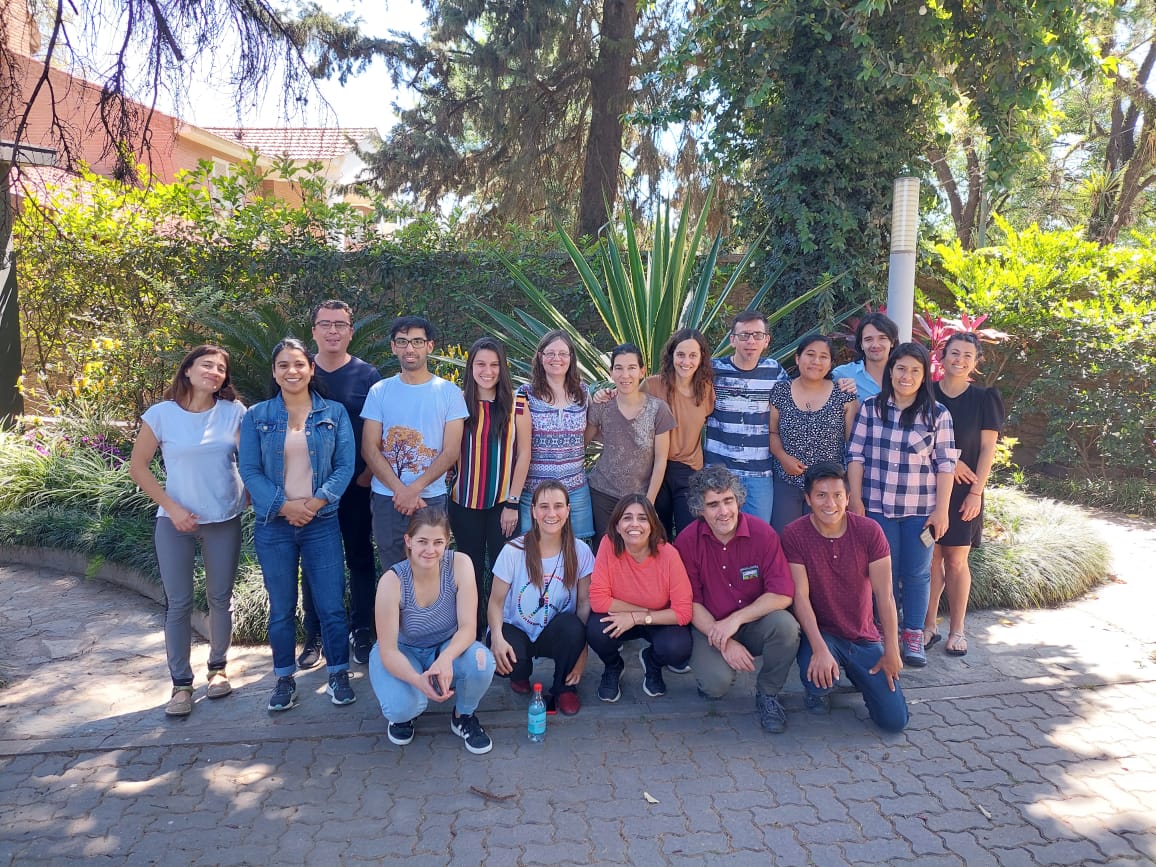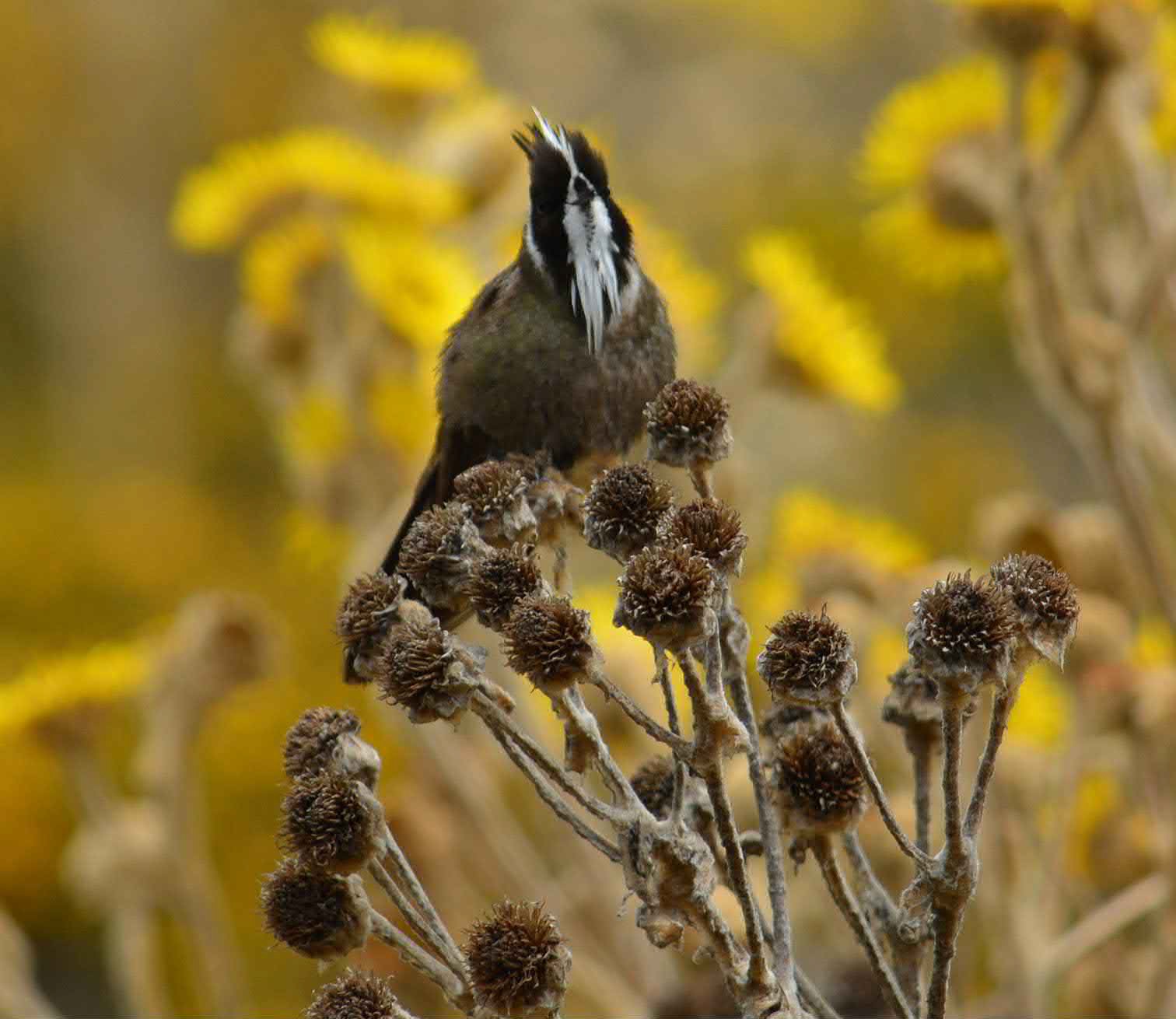GLORIA

The GLORIA programme operates a world-wide long-term observation network with permanent plot sites in alpine environments. Vegetation and temperature data collected at the GLORIA sites will be used to discern trends in species diversity, composition, abundance, and temperature, and to assess and predict losses in biodiversity in these fragile alpine ecosystems which are under accelerating climate change pressures. The GLORIA programme aims at building globally applicable indicators for comparing magnitudes and velocities of changes of different biodiversity components across the major terrestrial biomes and climate zones on Earth. The basic focus is on vegetation and vascular plants, but where experts and funding are available, other organism groups such as bryophytes, lichens, and different vertebrate and arthropod groups are included.
GLORIA’s principle objectives are to
- provide standardised, quantitative data on species richness, plant species composition, abundance/cover, and habitat characteristics, including soil temperature and the snow cover period, along the main climatic gradients in mountain systems world-wide;
- quantify the changes in species and vegetation patterns through long-term observation and monitoring in permanent plots at resurvey intervals of five to ten years. Such changes in the patterns of mountain vegetation would have several components, becoming apparent as colonisation or disappearance of species, and increase or decrease in cover/abundance of already present species. Changes may either be direct responses to abiotic/climatic factors or the result of biotic interactions among species;
- quantify the changes in the abiotic environment such as of the unvegetated surface and the temperature regime. Measured soil temperature series enable the calculation of temperature indices like mean, minima, maxima and temperature sums, annually and/or for certain periods, and allow for the calculation of the length of the growing season through determining snow melt dates and the time when a plot gets snowed in;
- build globally applicable and comparable indicators of climate change-driven impacts on alpine vegetation and biodiversity for comparing directional changes across biomes and climate zones. Indicators will be based on suitable functional traits, ecological indicator values and distributional traits of species;
- determine magnitudes and velocities of directional changes in biodiversity components in relation to observed climate change in order to provide risk assessments of biodiversity losses and ecosystem instability due to climate change;
- provide information for developing conservation strategies and measures to be taken in order to mitigate climate-induced threats to biodiversity.


